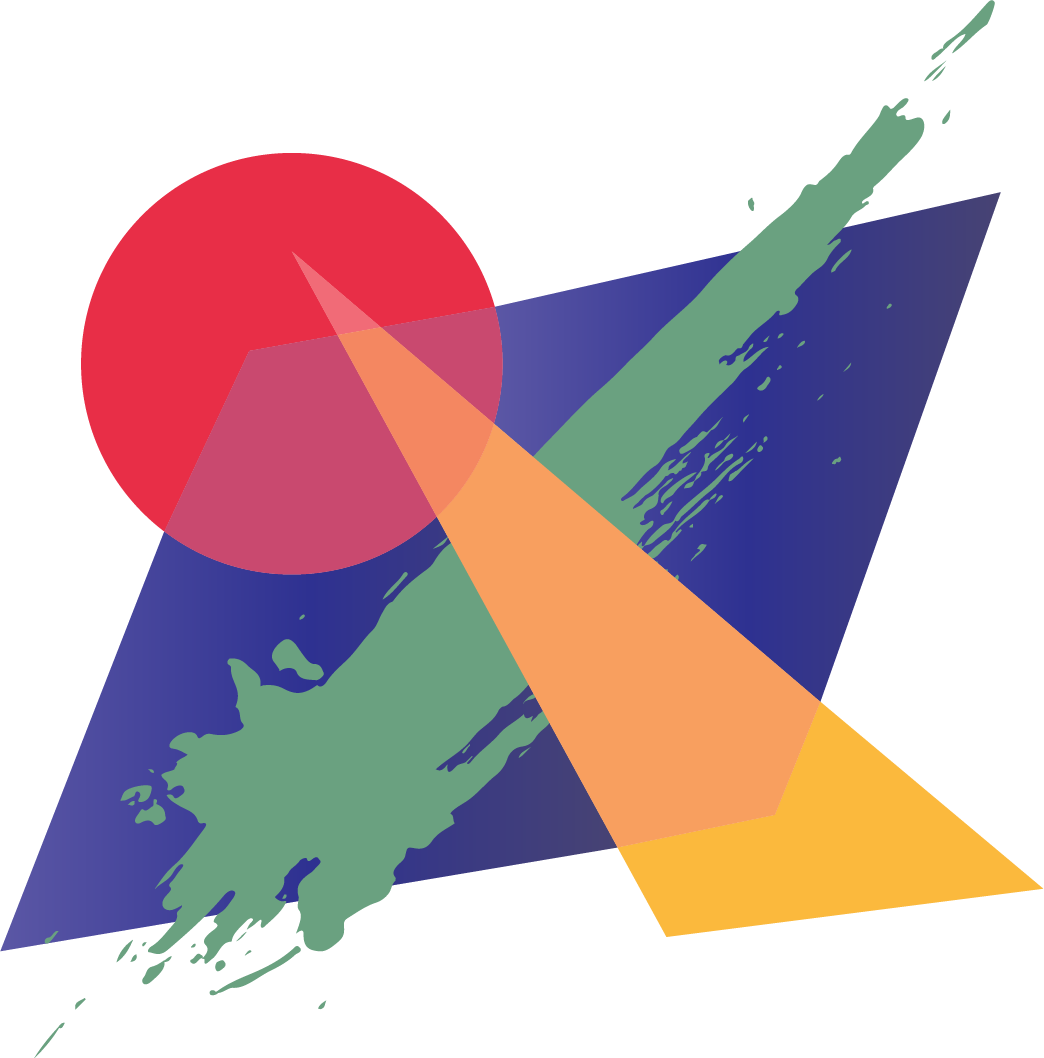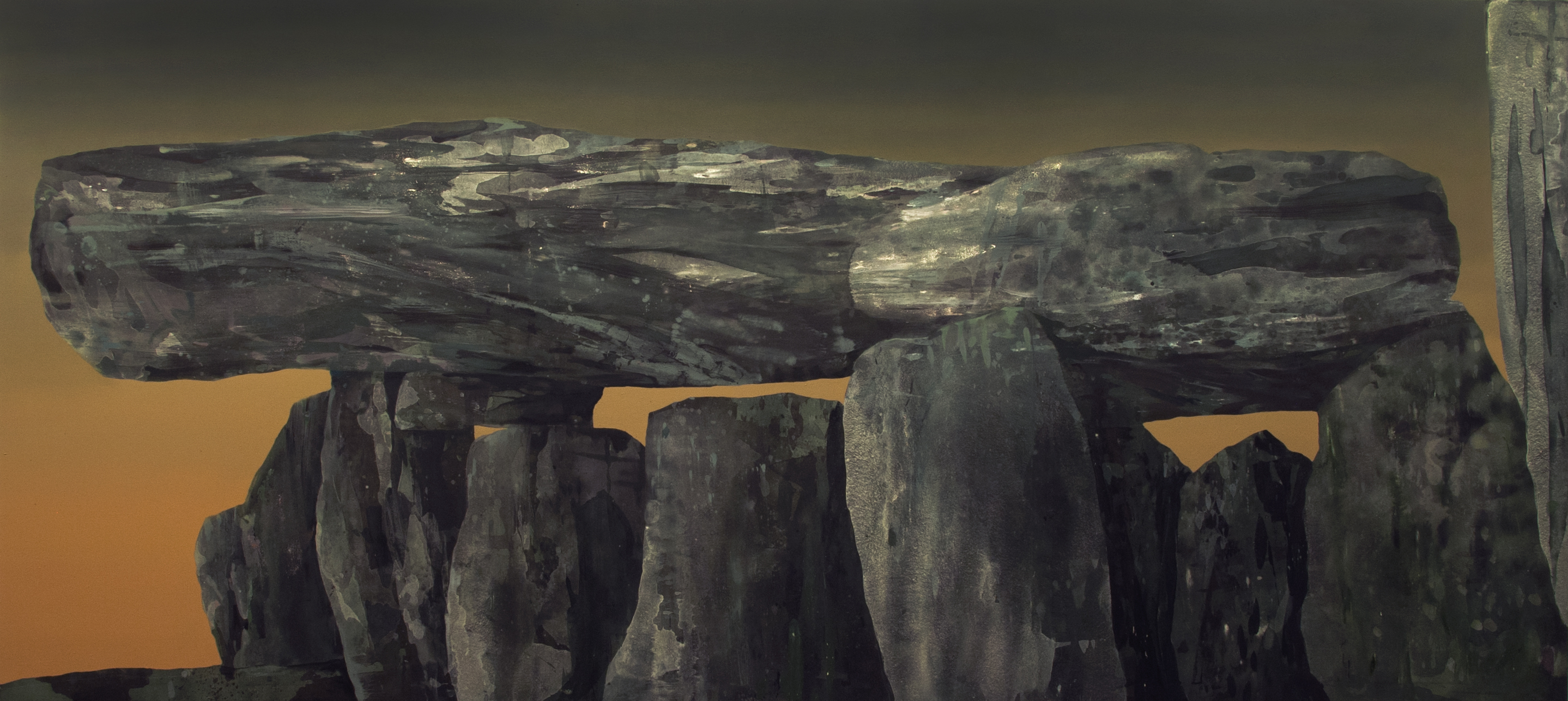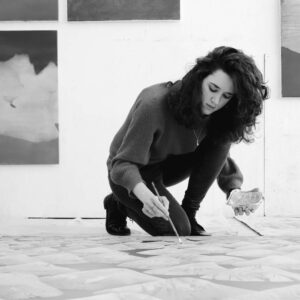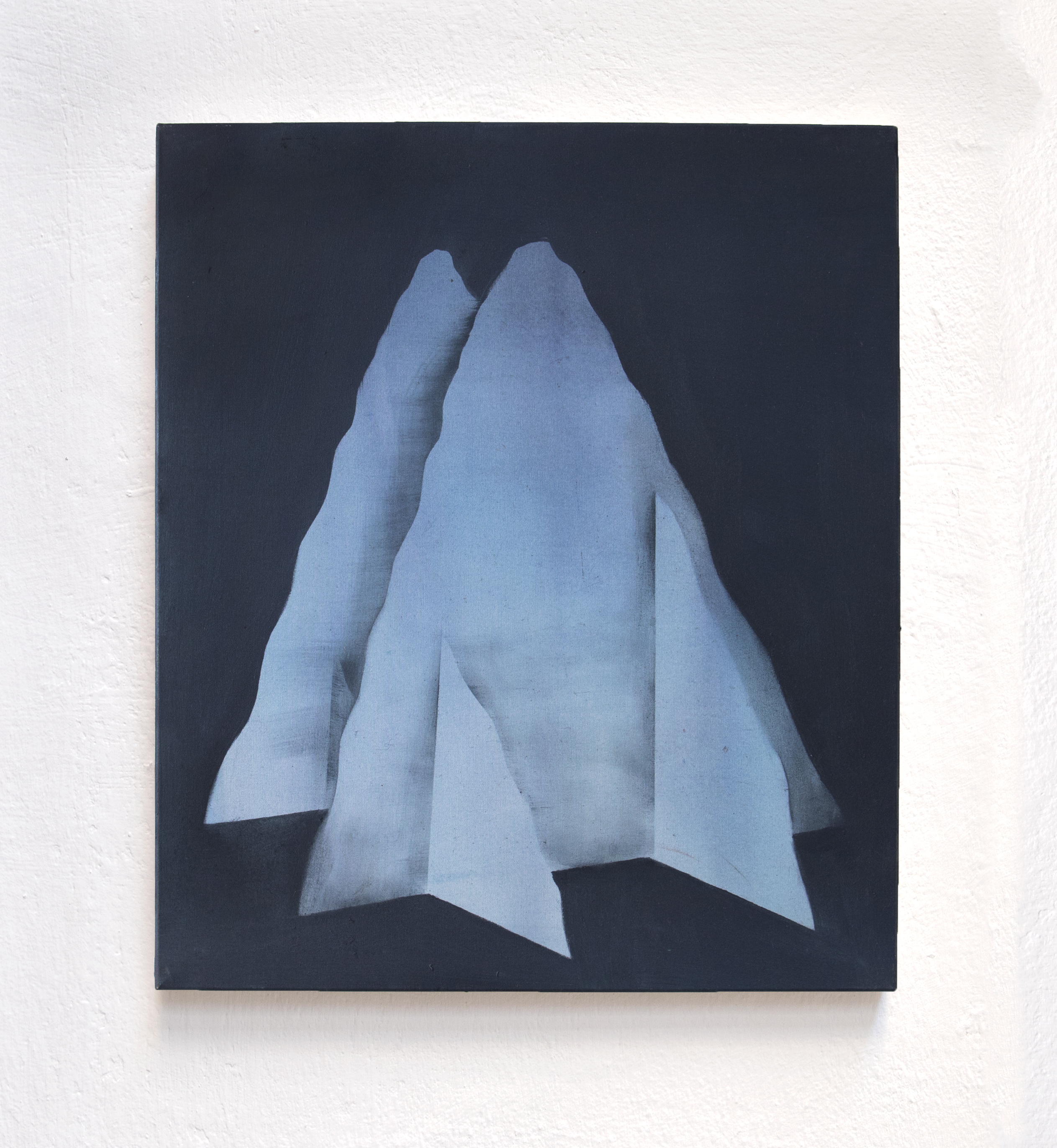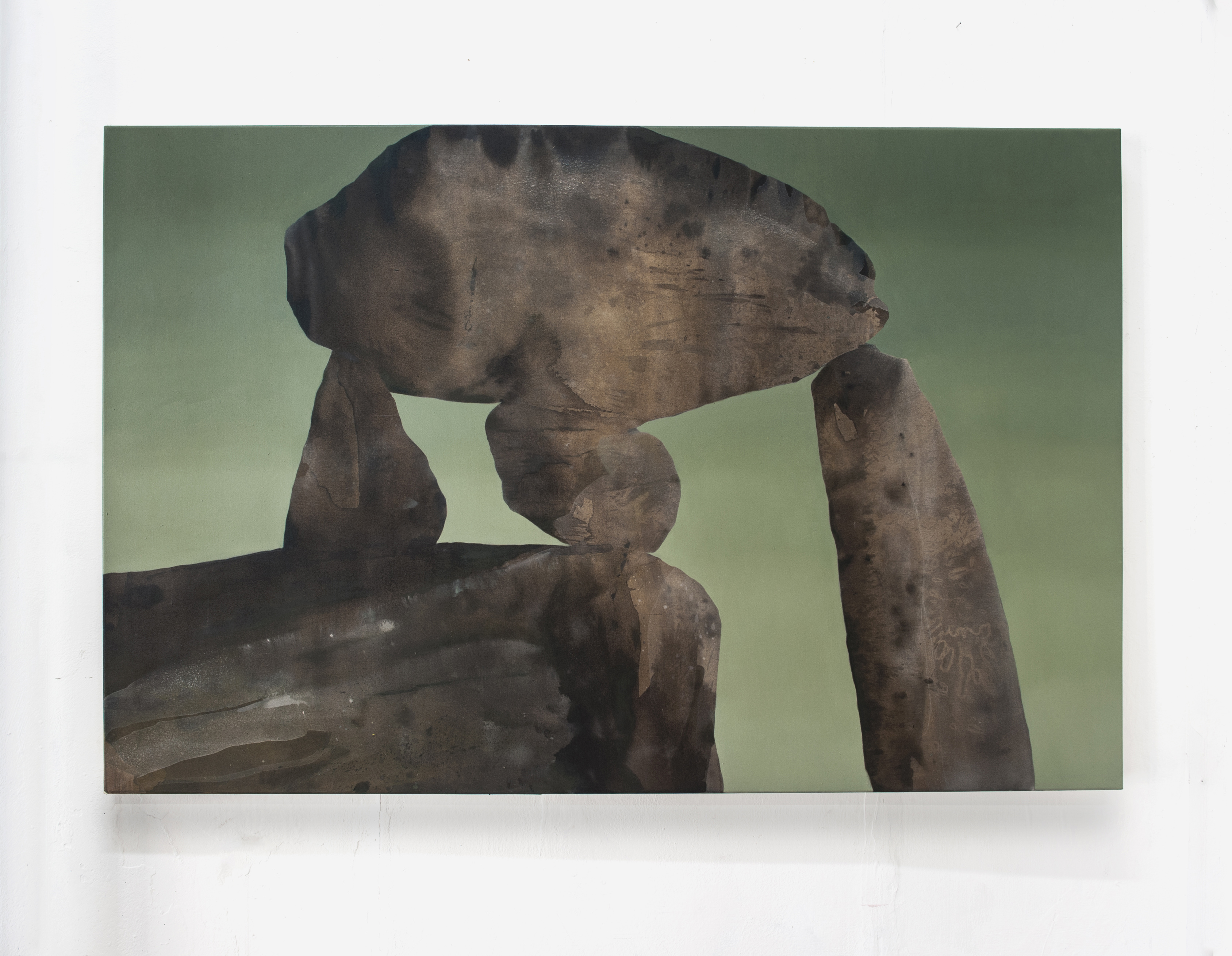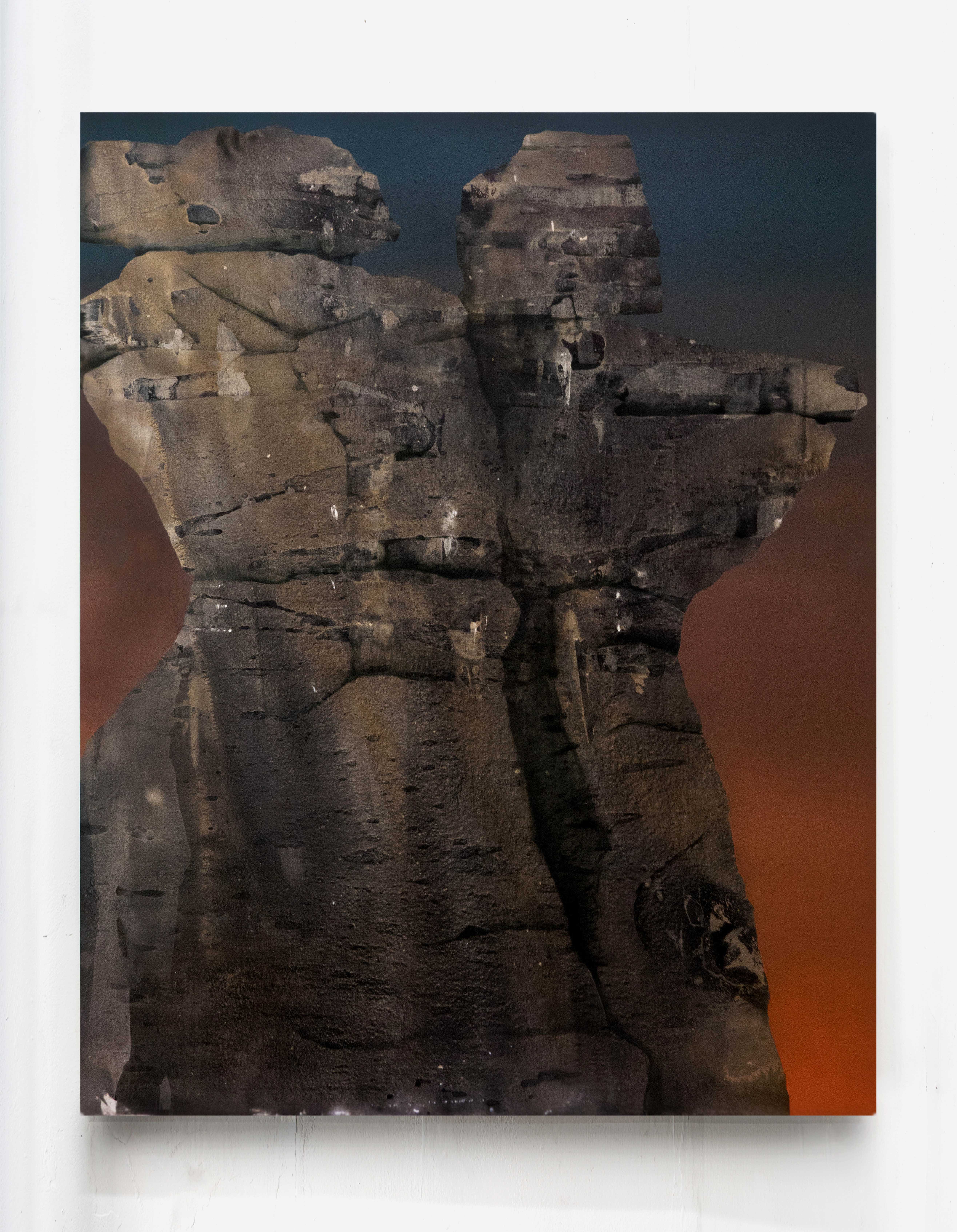How and why did you start your artistic career?
My artistic career began at the Academy of Fine Arts in Venice, where I attended both the three-year and two-year specialized courses. I never really paused to ask myself why I took this path, it all happened very spontaneously, I just went along with my instincts. Painting and drawing have always been necessary, everyday acts for me.
Looking back on it now, when I decided to enroll in the Academy in 2011, I did not have a specific artistic or working career in mind for the future, I just had a desire to learn and grow within what for years was a habitat rather than a university institution.
How did you discover your medium and why did you choose it?
Again, the academic environment was very influential here, as it gave me the opportunity to experiment with different techniques and touch on disciplines far apart, from etching to 3D modeling. The multidisciplinary approach, developed during my studies, still greatly influences my painting, in which I apply a kindred thinking sometimes to sculpture sometimes to etching.
Of sculpture I am interested in process of creation by subtraction, in which a form is generated by removing material, while of printmaking I am fascinated by the concept of drawing, imprinting a mark indirectly on a surface. Both of these arts have greatly influenced my painting practice. Although my interest is open to many disciplines, I have always been especially attached to painting. I find it to be a medium that knows how to always be current, albeit ancient, because it contains within itself endless possibilities for experimentation.
Can you talk about your creative process? How does your work come about? How long does it take? When do you know it is finished?
Each painting is born differently from the other. Some paintings take me months to reach completion, others are resolved in a few weeks. It is as if each painting presents me with specific challenges that always require new solutions. I don’t have a one-size-fits-all way of proceeding on the canvas, but there are definitely process steps that accompany each painting. My interest initially dwells on the search for the materiality of the painting. The first phase begins by moving the surface of the blank canvas, trying, through different pictorial layers, to enter a world made of micro and macro, where the pictorial texture is the focus of my attention. Next, I try to dig inside this new surface, bringing out some forms and submerging others. At this stage for me it’s about listening, going along with what’s naturally happening on the canvas and trying to direct it without overpowering.
I try to work in a very essential way, so for me a work is finished when any extra brushstrokes would be too much, going to take away from the freshness of the painting. For the past couple of years I have been working at Kadabra in Venice Mestre, a painting studio shared among 10 artists. The constant confrontation with colleagues is definitely decisive in individual practice as well, both for the process phase and for the moment when you go to finish a canvas.
Who are your favorite artists? Which ones do you draw inspiration from?
The references and inspirations are endless. For me, influences come not only from other forms of painting, but mostly from other forms of artistic expression. Literature, photography and film, for example, have an important weight in my practice, for everything that pertains to the creation of atmospheres and places. I am inspired by so many artists, if I had to choose one to mention right now I would say Max Ernst, because of his incredible ability to explore pictorial matter, constructing places that are both enigmatic and disturbing. I am also very fascinated by metaphysical painting and the dimension of spatial and temporal suspension.

